15 Watercolour Painting Techniques Every Artist Should Try
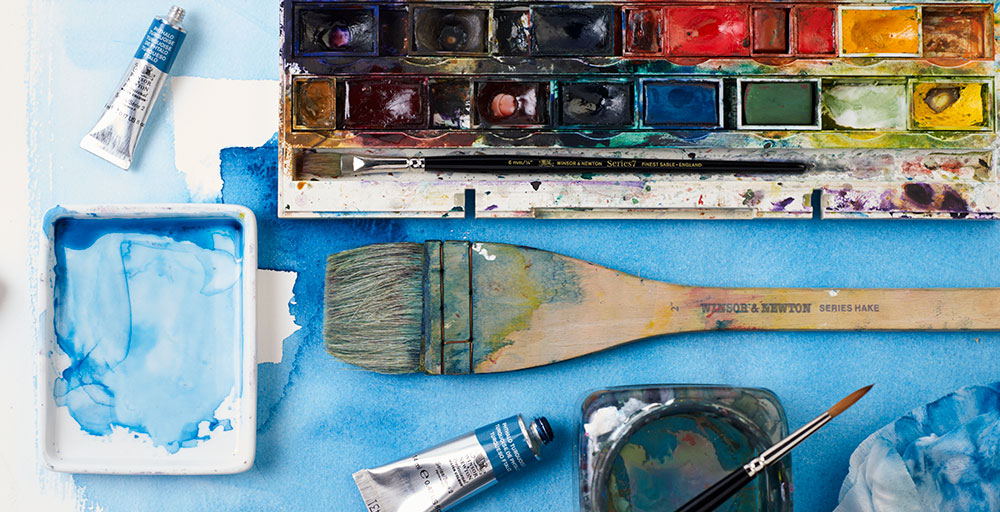
The wonderful world of watercolour painting is filled with colour, drama and numerous painting techniques. If you can master the tricky medium, then you will be able to create some of the most stunning pieces. Part of becoming an expert is learning all the different techniques that can be used. Here are 15 of our favourite watercolour techniques.
Flat Wash
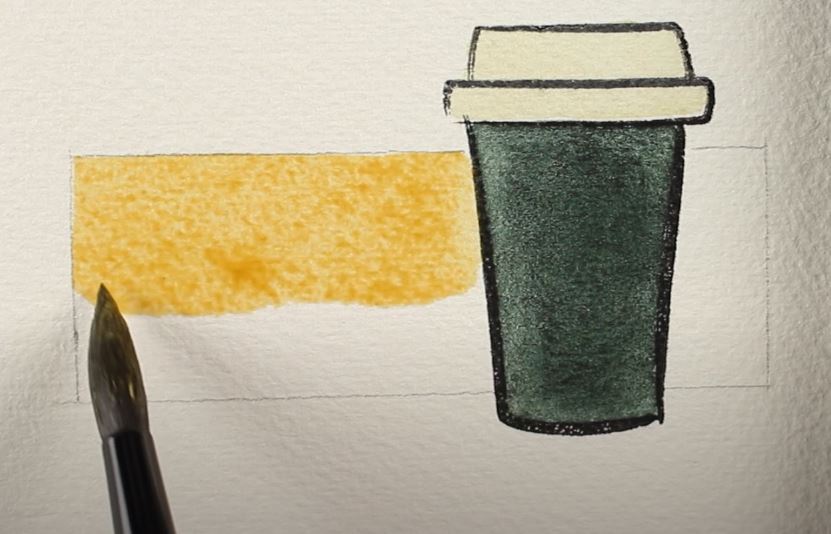
One of the simplest watercolour techniques, this is a great one for beginners to practice. A flat wash is simply painting a large, even patch of one colour to create a flat base for your picture.
Graded Wash
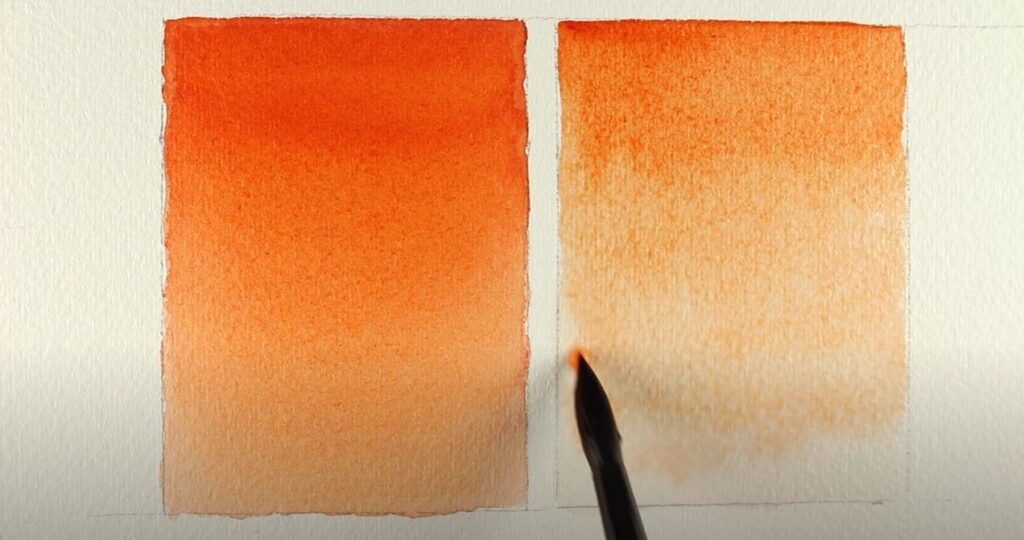
This is a relatively easy technique that takes a little practice and patience to get right. Start by loading the paintbrush with lots of colour before painting one side of the canvas. Next time you dip your brush in the paint, use a little less colour and move over a little on the canvas. Each time you paint, you will use a little less colour, so that it looks as though the colour is fading as you go across the page.
Wet On Dry

A beautiful beginner’s technique that allows the semi-transparent nature of the watercolours to really shine. A wash is applied to the paper which is then allowed to dry. Then you paint on top with your wet brush, allowing the base colour to be visible through the top colour.
Wet on Wet
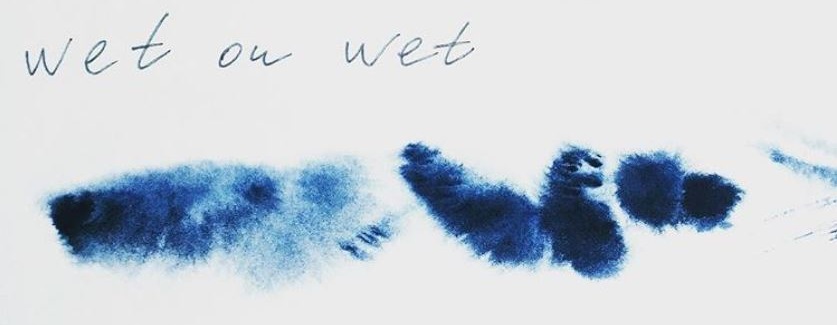
To create this effect, you should start by dampening your paper before adding paint. This will create a lovely feathery technique that offers a lot of artistic possibilities.
Dry Brush

When painting with a dry brush, you will create an interesting scratchy texture on the page. Make sure your paint is not too wet and dab some of the excess on a paper towel for the best effect. This is another fun technique for beginners to experiment with.
Pull in Colour
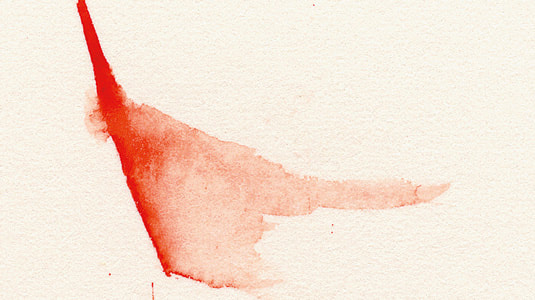
This technique requires you to paint a heavy line of colour with a dry brush, and then use a clean wet brush to pull the colour across the canvas. A method that is best for those with a little more watercolour experience, experiment with this technique a little, allowing the saturated stripe to dry a little more each time to see the different results you will get.
Blooming
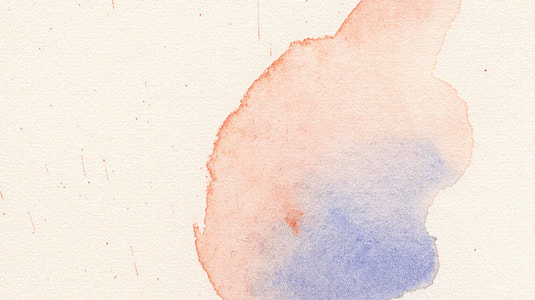
Blooming allows you to blend colours into one another. Make sure you apply paint that has a lot of water in it to the canvas and allow it to semi-dry before doing the same with another colour next to it. The colours will bleed into each other, creating a natural gradient of shades.
Salt
Adding a little salt to your wet paint creates texture by soaking up some of the surrounding pigments. When you are a little more confident in your painting ability, you can practise using different sized salt grains.
Sponging
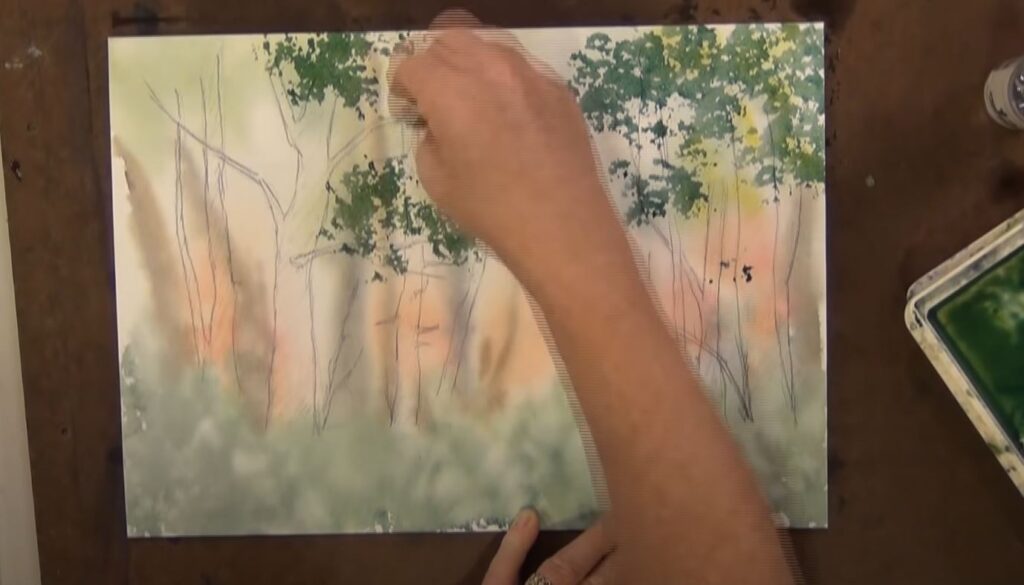
You may have used sponges to paint with acrylic as a child, but they also work really well with watercolours to create interesting textures. Different styles of sponges will have slightly different finishes, so play around with a few.
Splattering
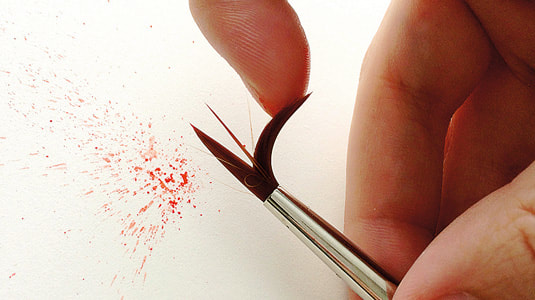
Splattering can be messy and difficult to control, so might not be suitable for those just starting out. There are three ways to use this technique: tapping, flicking and with a stencil. The stencil method will give you the most control over your final design, while tapping your loaded paintbrush with your fingers is the messiest option. Using your fingers to pull back the edge of the bristles so that the paint flicks at the page is a lot of fun.
Rubbing Alcohol
Add a little alcohol to your wet paint to create a fascinating tie-dye effect. You can use a small utensil like a cotton bud to add the effect to specific areas or put the alcohol in a spray bottle for a broader finish.
Scratch-Off
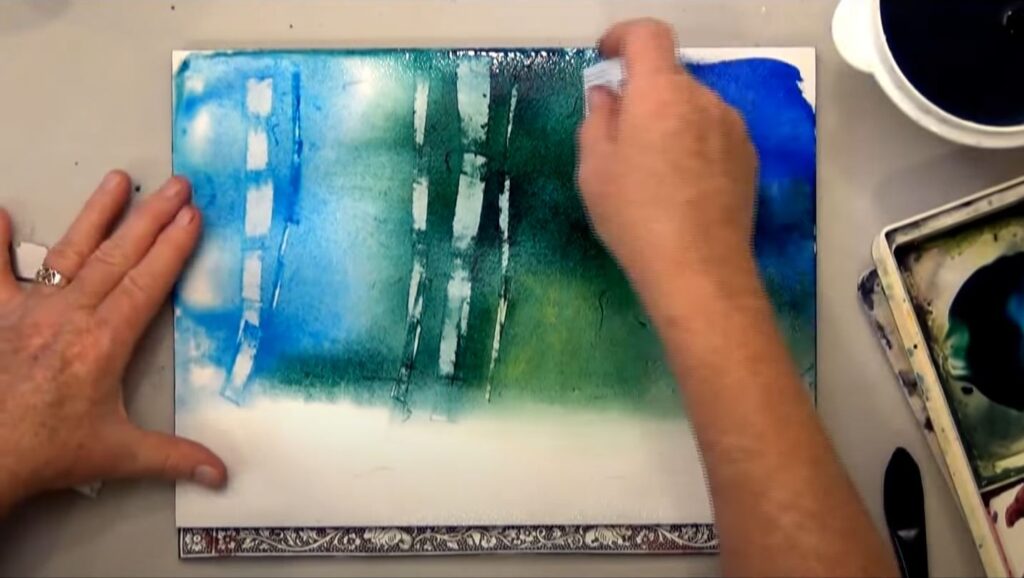
Also known as sgraffito, you can create this unique effect by taking a sewing needle or razor blade and use it to make indentations in your wet paint wash.
Lifting Off Paint
Paint your canvas with a wet wash and then you can choose how to ‘lift-off’ some of the paint to create texture.
You can use cling film or bubble wrap by placing it onto the wet paint and leaving to dry before removing, or you can take a cotton ball or bud, a piece of screwed up paper or a sponge to lift some of the paint while it is still wet.
Masking
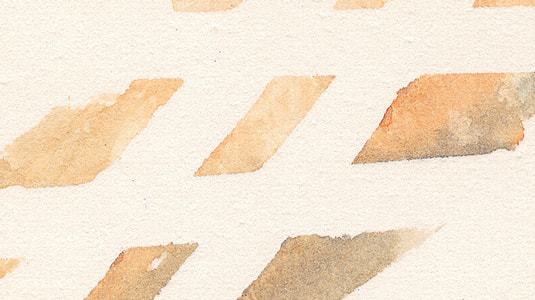
Watercolour can be difficult to control, but masking tape acts as a barrier to the paint, so that when you peel it off, the canvas is still white underneath. This is very useful for beginners who are still learning to control their brush. You can also use masking fluid in much the same way, placing the fluid with an old brush on the areas you’d like to keep free from paint and leaving it to dry. You can then paint as normal and peel away the fluid once you have finished.
Scumbling
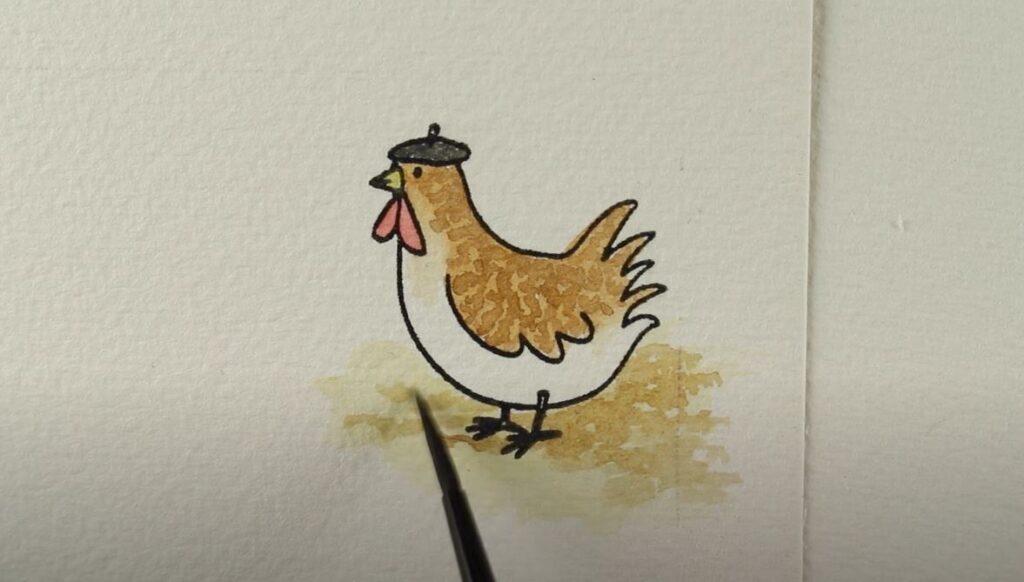
A great technique for those looking to improve their layering ability, scumbling is the art of creating irregular waves of colour with a semi-wet paintbrush. Use different colours to create layers of colour with no obvious line between them but be careful not to overwork the paint.
Whether you’re just getting started with watercolours or are a more experienced artist, we have a wide selection of watercolour paints from a variety of brands here on our website. Remember, the possibilities of watercolour are endless, and there is so much more that you can do with your paintbrush. Playing with different techniques is all part of the fun, so be sure to try as many as you can!
Image credit:
– https://www.instagram.com/p/BkWDJexHN-5/
– https://www.youtube.com/channel/UCZzES1lRxd8ZzYroiJlQmQQ
– https://www.dandressler.com/
– https://www.youtube.com/channel/UC6Ri-Dv2Z0omTSRwjTTlhtw


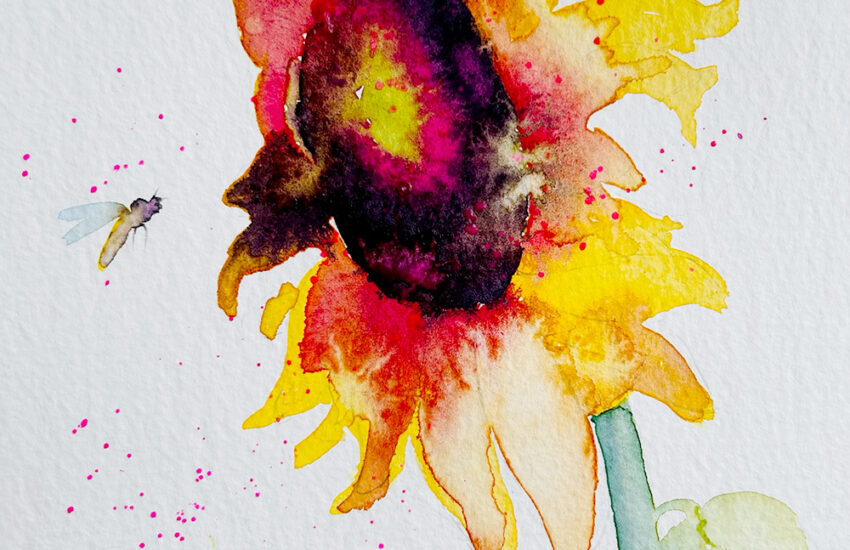

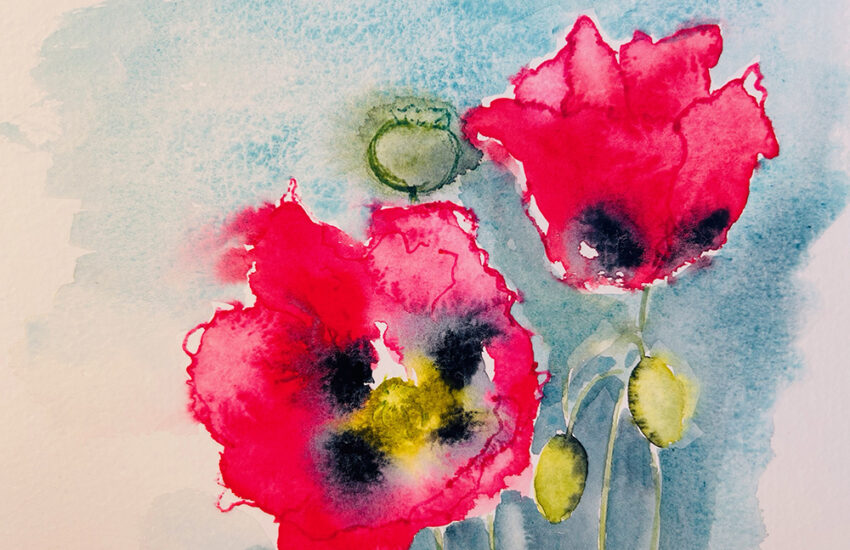
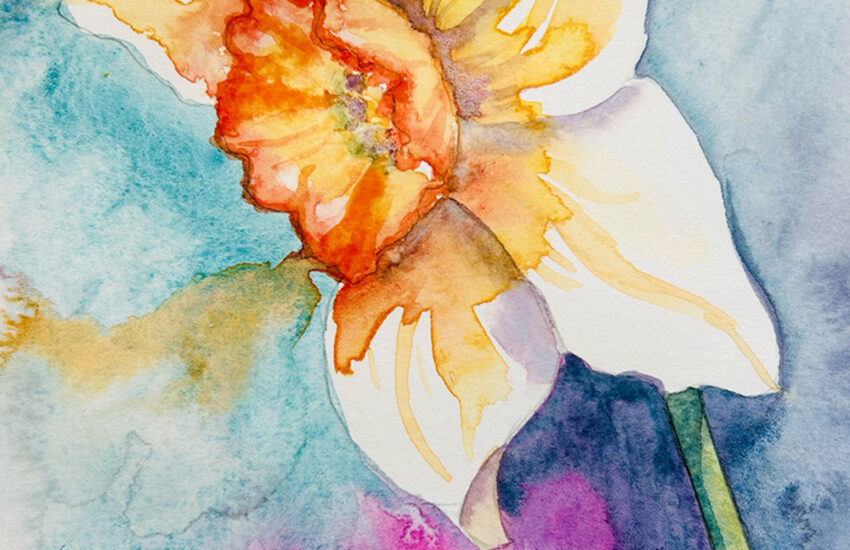


Really helpful for someone who is an occasional painter. Have been painting with Acrylics lately but want to get back to water colour.
Happy to hear that you found the article helpful Raza!
Very helpful.
These techniques will help the people who are interested to make painting with watercolour. Thank you.